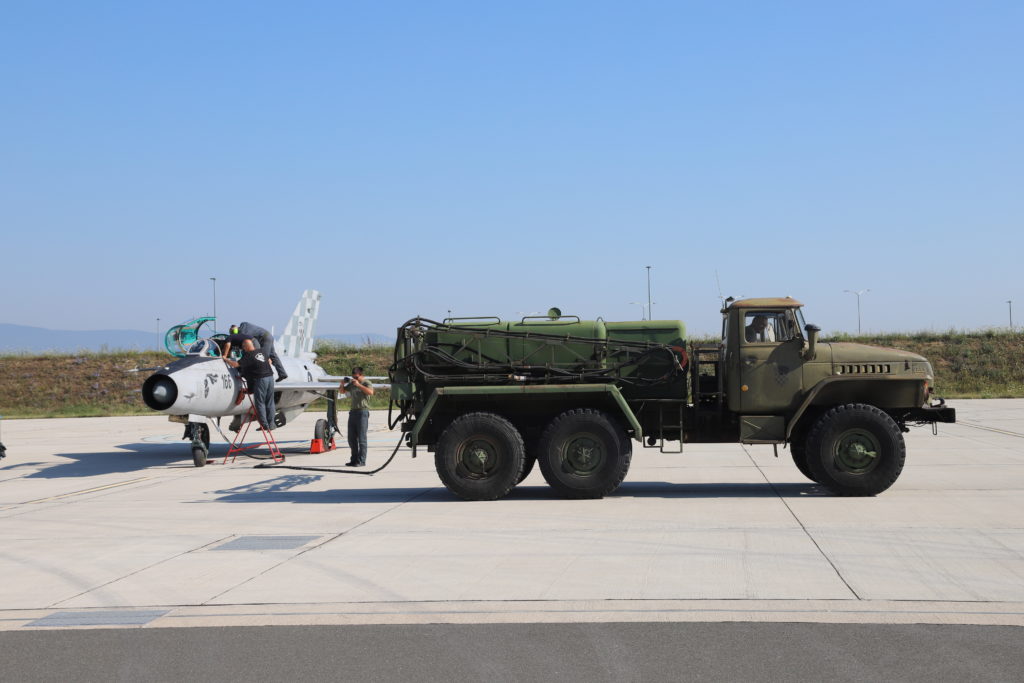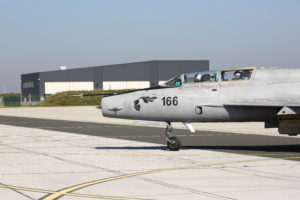
Within the NATO community, one air arm is still operating the MiG-21. The Hrvatsko Ratno Zrakoplovstvo or Croatian Air Force fly their daily missions with the venerable fighter, protecting the South-eastern flank of the NATO territory.
This famous fighter is still going strong, as Patrick Dirksen and Frank Mink witnessed during a recent visit to Zagreb-Pleso airbase.
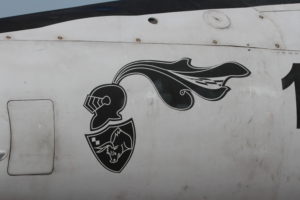
In 2012 the two Croatian MiG-21 units, 21 sq from Pleso and 22 sq from Pula, merged to form the ‘Eskadrila Borbenih Aviona‘ (EBA) or Fighter Squadron. To preserve history, the squadron badge of the new unit is a combination of the helmet and shield from 21 sq and the ‘Boskarin‘ or flying bull of 22 sq.
The EBA operates from Baza 91, as Pleso is called by the military. They have eight MiG-21bisD single seaters in their inventory plus four MiG-21UMD dual seaters. The D in the designation stands for ‘Dogradnja‘ or ‘upgraded’, which was added after the aircraft got updated by Aerostar in 2014. Apart from a regular overhaul this included a life span extension programme.
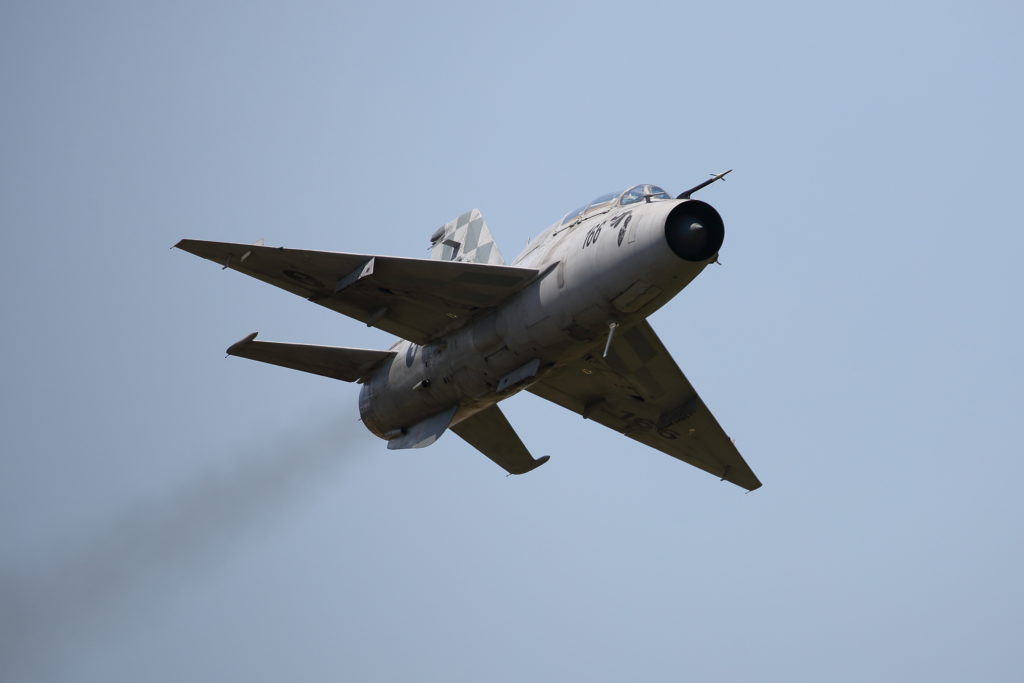
Furthermore the navigation equipment has been updated with a Garmin GPS 400 set, VOR NAV and ILS system. Also the radio system has been replaced and a second radio has been installed.
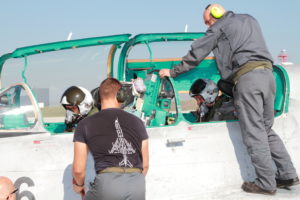
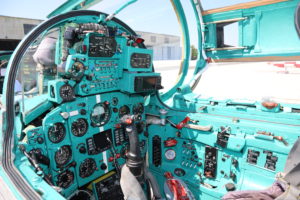
The MiG-21 is a robust and reliable aircraft that is adored by the pilots of the EBA. They agree it may be hard to fly in certain flight regimes, but when you respect the limits of the aircraft, it’s an impressive aircraft. Croatian Air Force pilots that have satisfactory experience on other aircraft types within the Air Force can apply for the MiG-21 selection process. Once they have passed the selection process, the pilot gets an inhouse type conversion at Pleso, which is done here since Pula closed. After the conversion training follows the basic fighter manoeuvres (BFM) training, which includes live firing.
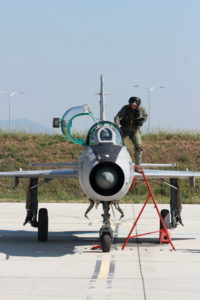
The MiG-21 has a GS-23 (23 mm) double barrel cannon with 250 rounds. It can also be armed with up to four AA-8 Atol rockets, or R-60M as the Russian designation is. Some of the single seat MiG-21s are locally converted to be able to carry an MKM-1 target container, which holds a target that is towed behind the aeroplane. When this is used for air to air live firing, an RP-3 target indicator is dragged from the container on a line of 1.200 m. The Croatian built system is also used for AAA practice, in that case an RP-1 target indicator is dragged using a 600 m line. The indicator creates a magnetic field and registers all bullets coming close or hitting it because they disturb this magnetic field. A real time connection with the ground station enables the pilot to hear his score almost immediately, giving him time to adjust his aim if necessary for the next run. When live firing training is done with the rockets, another MiG-21 drops a flare on a parachute, which then acts as target. Alternatively two MiG-21s fly in formation, one fires a flare decoy rocket and then banks away, so the other MiG can fire on the decoy. It takes a special training to be allowed to fly a target towing aircraft or fire the decoy.
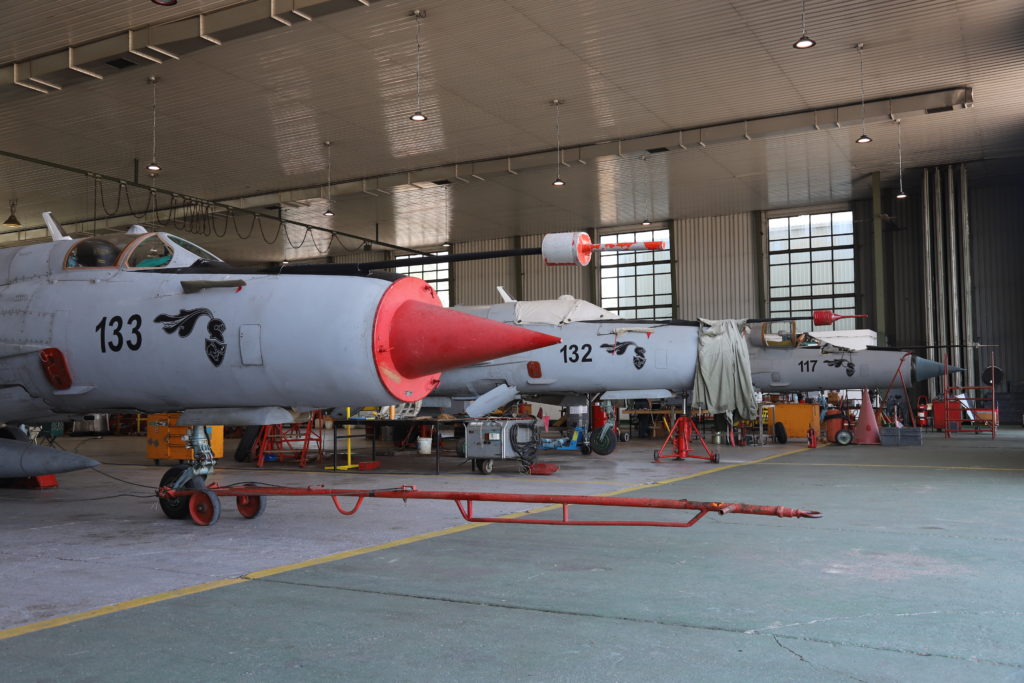
The squadron operate at Pleso from a historical hangar, donated by the Royal Air Force in 1945. This hangar was used in Africa during World War II before it was disassembled and rebuild in Zagreb. Next to this hangar, which is used for daily flying operations and maintenance, a brand new, state-of-the-art QRA facility was opened in 2017.
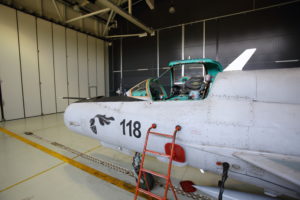
This air-conditioned hangar holds three aircraft on 15 minutes stand-by, following NATO requirements for RS or Readiness State 15. In practice however, less than 10 minutes is more than enough to have two aircraft up in the air, one of the advantages of the relatively old and therefore less complicated MiG-21. In the crew building next to the QRA hangar 2 pilots and 7 technicians are on 24/7 alert, with their shift lasting 7 days. In practice, flying is normally only done between sunrise and sunset, because the pilots depend on visual identification. At least once a week a practice scramble is being performed. The QRA hangar has large screens in front of the aircraft projecting the relevant data for an interception (course, location, speed, altitude, type of aircraft if known), so the pilots can prepare while starting up and getting in. Also a traffic light is installed in the hangar to show the go or the abort signal in case radio communication is lost. Most interceptions concern airliners and private aircraft because of a loss of contact or because they are ‘lost in space and time’.
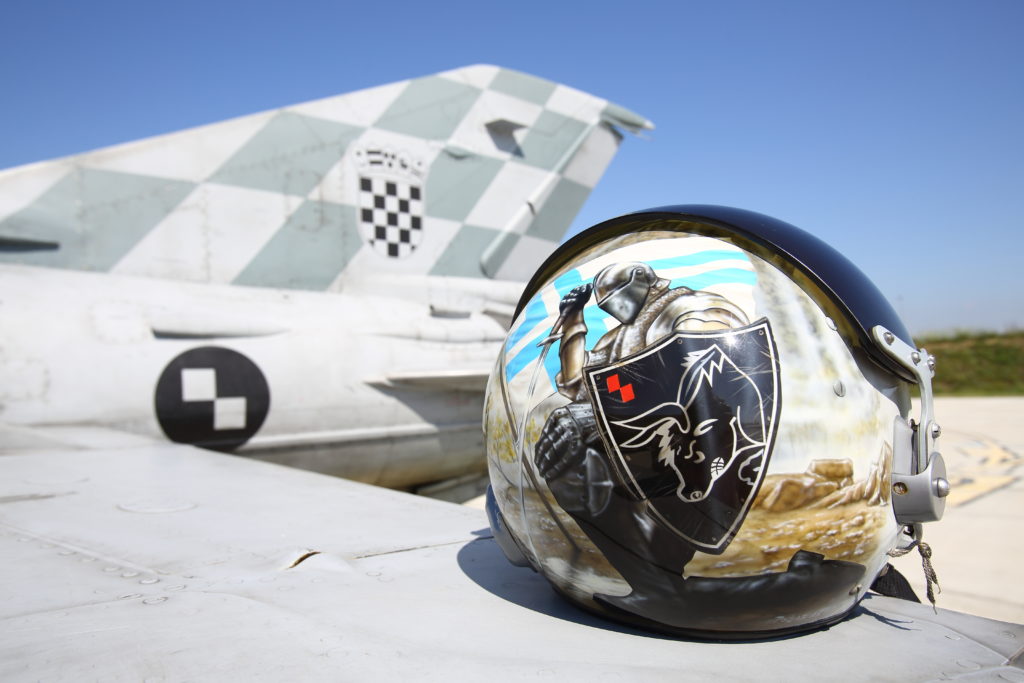
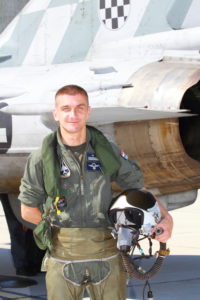
During our visit a training interception mission was flown. A PC-9 from Zadar-Zemunik acted as a slow mover, operating at flight level 250. This type of aircraft is difficult to intercept with a jet because of the very low speed (less than 400 km/h indicated airspeed), so the Croatian Air Force have developed special procedures for this type of interception. These include different patterns for aircraft flying above and below 6000 m.In this case, major Perio and major Turk, flying as Knight 04, successfully intercepted the PC-9 a couple of times, proving the MiG-21 might be old but is still very much capable of doing its job of protecting the Croatian airspace!
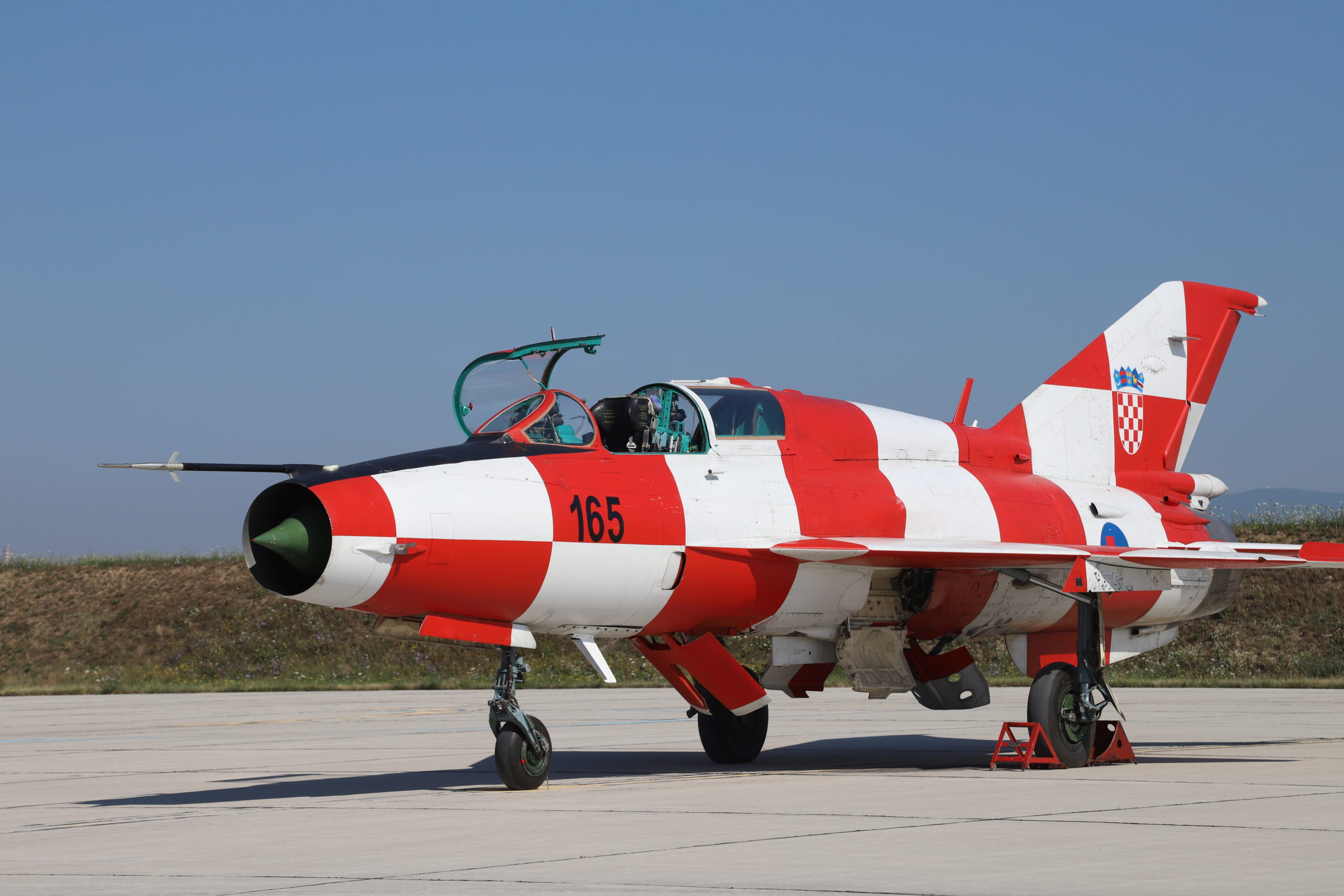
Back in 2005 the MiG-21UMD with serial 165 was chosen to be painted up in an attractive colour scheme. Reason to paint the aircraft was the 10th anniversary of ‘Operacija Oluja’ or ‘Operation Storm’, which marked the end of the Homeland War for the Croats on August 5th 1995. The jet was also presented to the public on this date during a military fly past to commemorate Operation Storm. The now world famous red and white blocked aircraft is nicknamed ‘Kockika’, meaning ‘Little Cube’, and she represents the Croatian spirit and uniqueness.
We would like to thank Colonel Ćorić for the unlimited hospitality, leading to this article!
This article was also published in ALAS magazine, see here.
